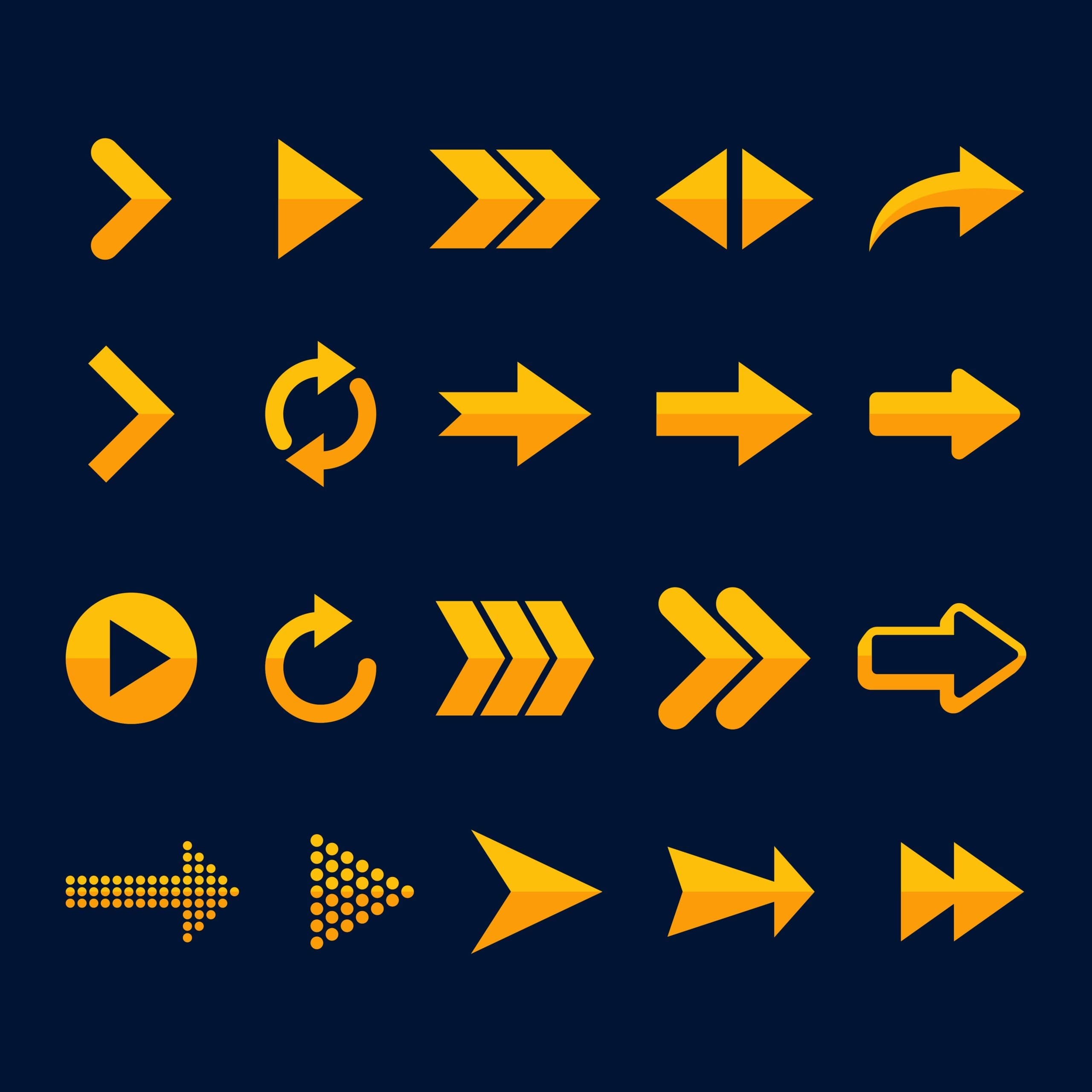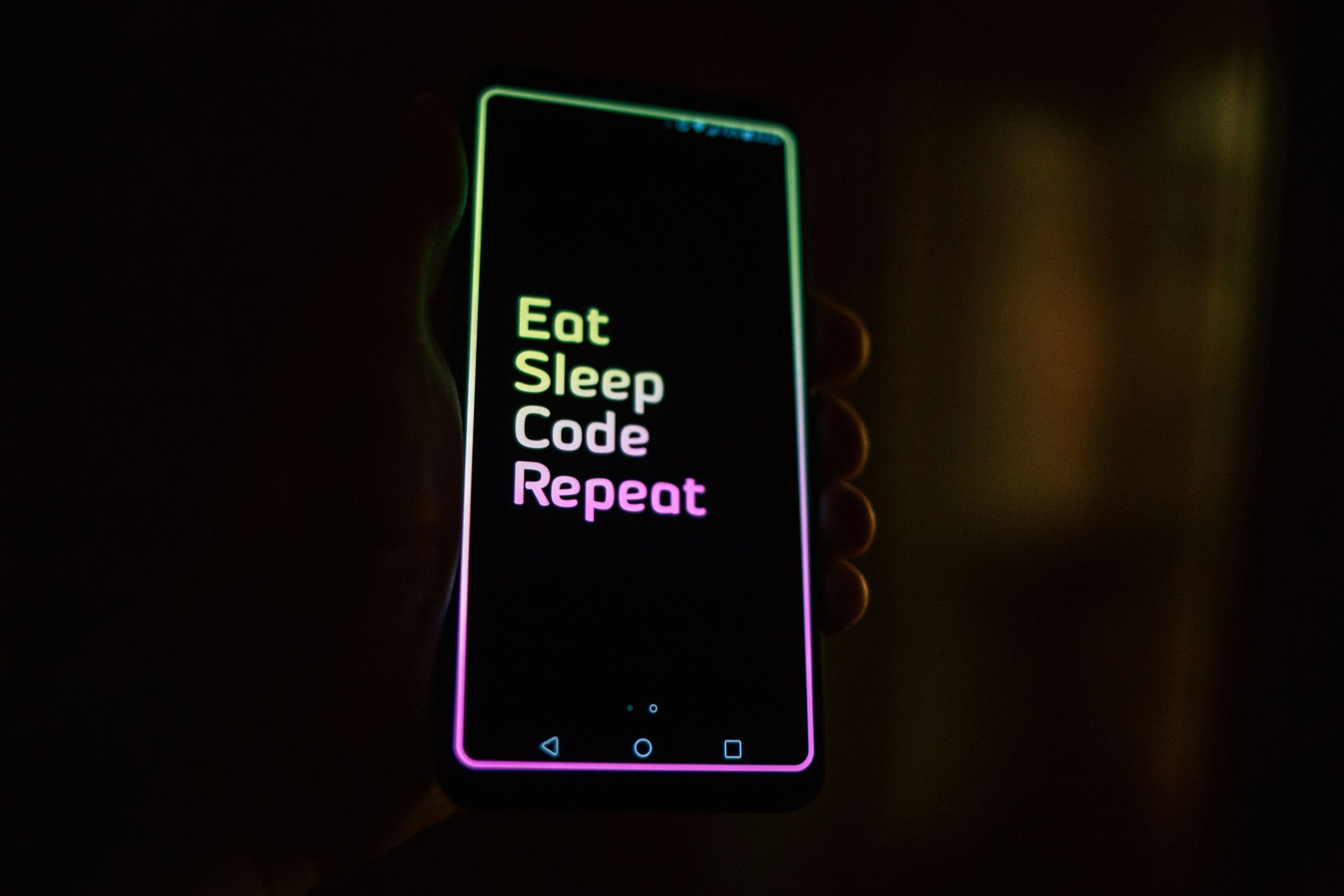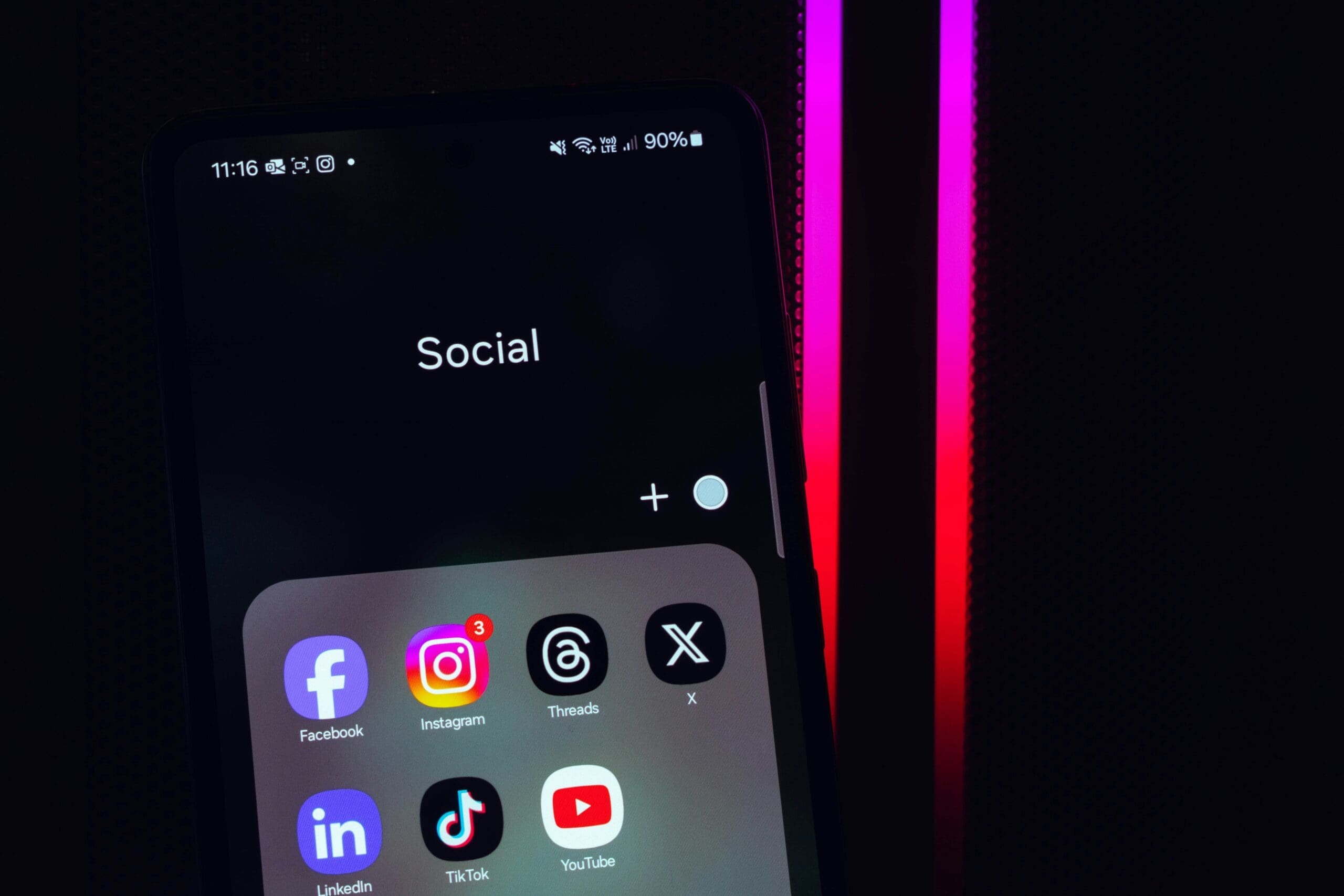
Mastering Modern Web Layouts: From Responsive to Intrinsic Design
Web design has come a long way. Once, we struggled with tables and floats. Then, responsive web design (RWD) gave us fluid grids and media queries. Now, we have a new game-changer: Intrinsic Web Design (IWD).
What is Intrinsic Web Design?
Intrinsic Web Design isn’t just another trend. It’s about using the browser’s built-in tools to craft layouts that are flexible, efficient, and accessible. Instead of hacking together floating elements, we can now leverage CSS Grid and Flexbox to create smarter, more adaptable designs.
By embracing these native tools, we can:
- Build layouts that naturally fit any screen.
- Mix fixed and fluid content for better readability.
- Enhance performance by reducing unnecessary code.
Interested in upgrading your website’s design? Let’s talk about modern layout solutions.
Start with Semantic HTML
Strong web design starts with well-structured HTML. Semantic HTML ensures:
- Your content is accessible to users and search engines.
- Screen readers and assistive technologies can navigate easily.
- Your website remains readable even if styles don’t load.
Think of your webpage as a document where each section has a meaning. Use <header>, <nav>, and <article> properly to create a strong foundation.
Make Typography and Spacing Fluid
Text readability should adapt to users’ screens. That’s where fluid typography comes in. With a single line of CSS, you can create type that automatically resizes:
font-size: clamp(1rem, calc(1rem + 2.5vw), 6rem);This technique allows text to scale appropriately across devices while maintaining accessibility.
Spacing works the same way. By using relative units like rem and em, margins and padding adjust alongside the font size, keeping layouts balanced.
Enhance User Experience with Progressive Enhancement
New web technologies evolve, but they don’t always work everywhere. That’s where progressive enhancement shines.
For example, adding this one line enables smooth page transitions in supported browsers:
@view-transition { navigation: auto; }If the browser doesn’t support it, nothing breaks. This keeps your website stable while embracing the latest innovations.
Trust the Browser for Adaptive Layouts
Instead of micromanaging breakpoints, let the browser do the work. Define constraints, such as keeping content between 20 to 60 characters wide, and allow the layout to adjust dynamically.
Using intrinsic design principles helps pages feel natural on any device—without endless media queries.
Use Logical CSS for Global Readability
Modern CSS encourages thinking in terms of relationships rather than fixed sizes. Logical properties like inline-start and block-end replace terms like left and right, making designs more adaptable for different languages and writing directions.
By adopting a flexible mindset, your layout adapts not only to screens but also to diverse reading preferences.
Enhance Accessibility and User Control
One of the biggest advantages of intrinsic design is improved accessibility. By respecting user settings:
- Font sizes adjust based on user preferences.
- Themes switch according to dark mode settings.
- Motion is reduced for users sensitive to animations.
By building sites that respond to user needs, we create a more inclusive web that welcomes everyone.
Ready to Upgrade Your Website?
Your website should work for everyone—on any device, in any setting. With intrinsic web design, we create modern, flexible, and accessible layouts that enhance user experience.
Want to make your site more responsive and future-proof? Explore our web design solutions or request a free consultation today.





